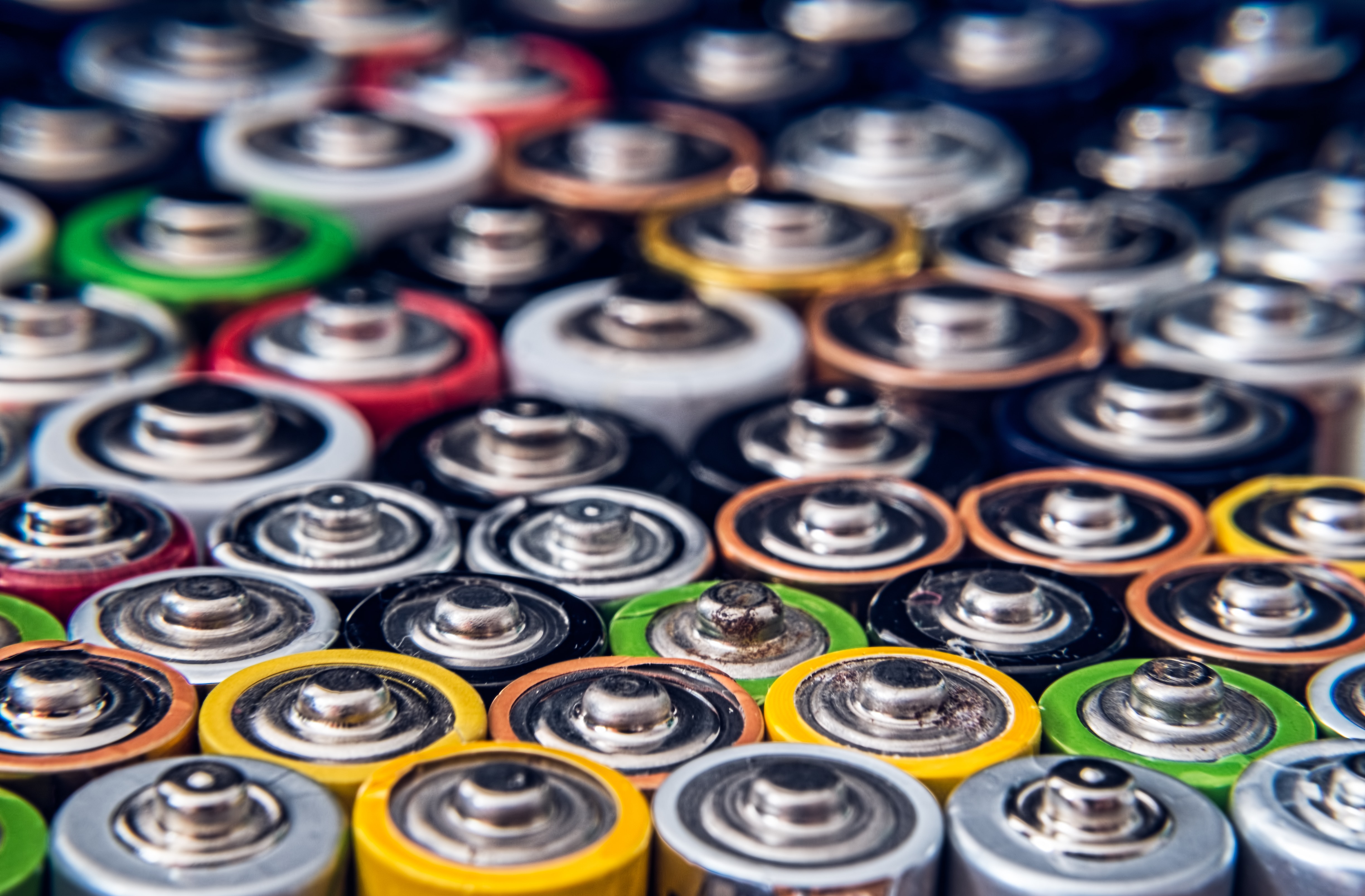An in-depth journal on the e-waste generation in the Caribbean SIDS, their place against the global trend in e-waste generation, SIDS-specific obstacles in setting up waste management systems, and more interesting figures & indicators.
The paper uses a dynamic material flow analysis (MFA) approach to estimate the flows and stocks of the 10 main e-waste categories across 5 Caribbean SIDS which are Aruba, Barbados, Grenada, Jamaica, and Trinidad and Tobago. While merely representing 11% of the Caribbean population and 7% of the Caribbean land area, they produced the double the e-waste per capita per year compared to the global average, and has been estimated to record a rising number of e-waste generated per year; from 27,500 tonnes in 2010 to around 59,000 tonnes in 2025.
With systemic challenges lying in setting up waste management in SIDS, such as lack of available land and financing measures, vulnerability extreme weathers, higher operational expenditures, small market sizes and more, there are also challenges in terms of data retrieval because the Caribbean lacks baseline data to the annual quantity of electrical and electronic equipment (EEE) consumption and the corresponding amount e-waste generated. Trinidad and Tobago was also estimated to face higher pressure to deal with the e-waste generation among the 5 countries monitored.
With the amount of 10 main e-waste types (e.g., household appliances, IT equipment, lighting equipment, etc.) growing and eventually taking up majority of the EEE put-on-market (consumed) which also has been saturated from 2017, the article calls for a transition from the current linear take- make- waste economy to a Circular Economy, closing the loops through recycling, reuse, refurbishment, and remanufacturing.
